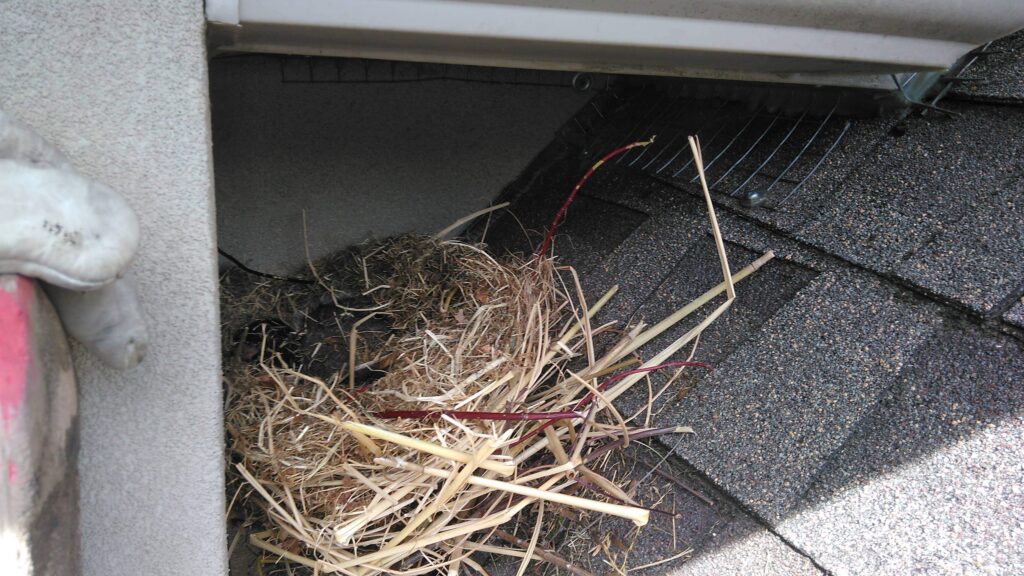Squirrels can be fussy when it comes to nesting, and they will opt for both indoor and outdoor lodging when it suits their needs. Squirrels also make multiple nests throughout the year. Find out how to spot the signs of squirrels nesting inside and outside your house and who to call for Madison wildlife removal.
Outdoor Nest Spotting
Keep an eye out for where squirrels scurry off too frequently. If trees are full, you may not be able to tell where exactly they are going. However, as fall comes around and leaves begin to drop, you will be able to see both leaf nests and tree cavity dens. You can tell the difference between squirrel nests and bird nests because squirrels build their nests much larger.
Inside the Tree
Birds often peck their way into knots in a tree. After carving out their hole, they may later migrate to another area for the winter, leaving their former home abandoned. When squirrels look for lodging, the old home of a woodpecker is an ideal place to spend their time and store food during the winter. Hollowed-out tree interiors can also provide fungus and grubs as food. However, squirrels should watch out for owls because they will often swoop in for a squirrel snack when they least expect it.
Outside the Tree
Leaf nests are a popular choice far away from pesky ground predators like pet dogs and urban foxes. Squirrels will gather leaves and pile them with twigs and other nesting materials to build a large nest high up in the forks of tree branches. Tree leaf nests are at least 20 feet high. While this kind of nest is not ideal for the winter months, it can also be referred to as a love nest and works quite well for finding a mate. Squirrels use many different types of materials in addition to leaves to build their leaf nests:
- Cloth
- Bark
- Paper
- String
- Moss
- Plastic
- Hair and fur
- Feathers
Indoor Nest Spotting
Squirrels may head inside your home for safety from the winter elements. However, it is the mother squirrel that is most likely to try and find a home indoors. Mother squirrels are fiercely protective of their birthing nests and later their babies, so finding a safe place away from weather and predators is a serious quest. Squirrels moms will often find a way in through loose flashing or vents on the roof. Your attic is a great entry point though some squirrels prefer to head inside walls and ventilation ducts.

Sounds
A mother squirrel usually isn’t too loud. You may hear the occasion rustling but nothing that might alert you to a squirrel nesting in your home. When do squirrels have babies? Twice a year, and if you have a nest in your home, you’ll know about it. You can expect to hear scratching, high-pitched barking noises, and scuttling overhead.
Sights
You likely will not see the squirrel inside your home. Squirrels are interested in keeping their young safe, not making them easy prey for larger predators, like humans. However, you may see evidence of nesting:
- Stains on ceiling
- Droppings
- Footprints
- Insulation outside
- Piles of nuts and seeds
Smells
You can answer the question, where do squirrels nest, by sniffing out the culprits. Squirrels will often leave droppings and urine in and around their nest. If nesting has gone on for some time, urine will begin to soak through and may appear on the ceiling. You may also notice a musky smell.
Squirrels can cause structural damage and electrical damage to your home if not properly removed. Rather than attempt to remove a squirrel nest on your own, contact Skedaddle Humane Wildlife Control today.



